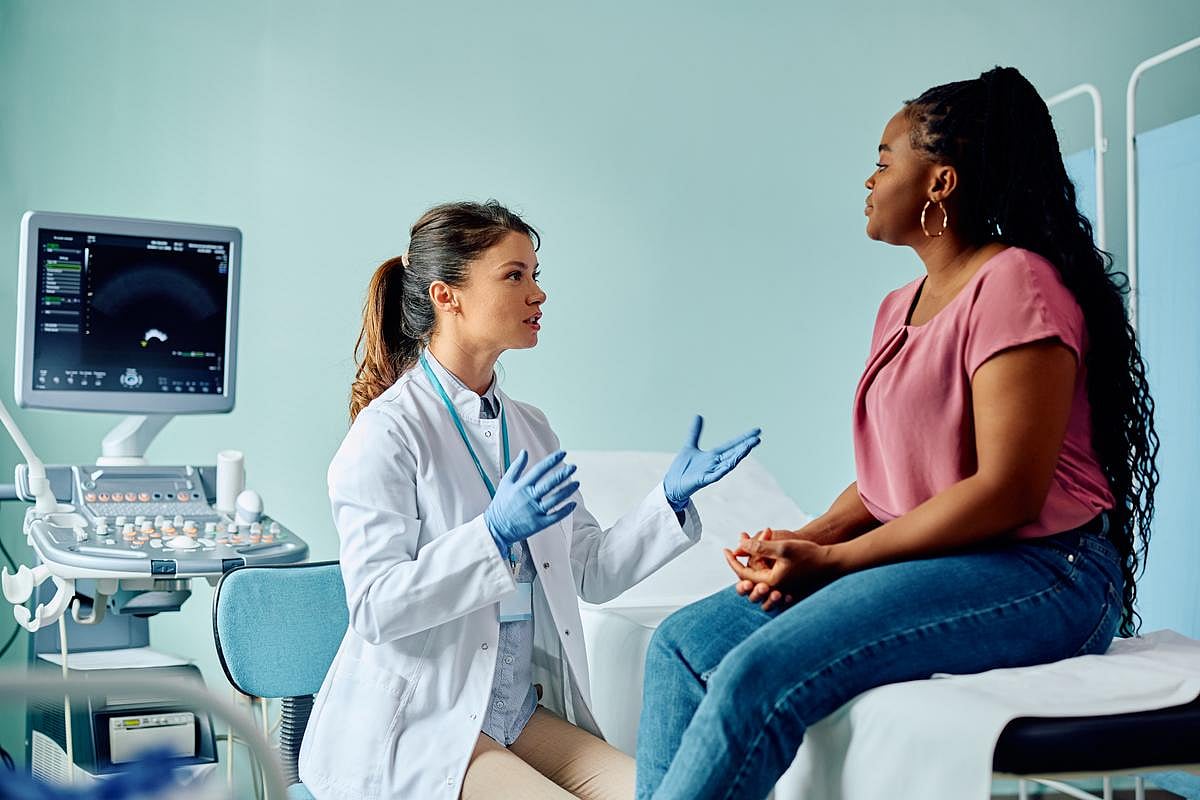Get Healthy!

- Posted August 11, 2025
Nearly 9 in 10 ER Patients Aren't Fully Vaccinated
Nearly 9 out of 10 adults who land in an ER haven't been fully vaccinated, a new study says.
People who came to an emergency department for treatment of minor injuries or illnesses were often unaware of the vaccines available to them, researchers reported Aug. 7 in the Morbidity and Mortality Weekly Report, a publication of the U.S. Centers for Disease Control and Prevention (CDC).
But about half said they'd get their recommended vaccinations if they could, researchers found.
These results show that emergency departments could be a powerful means of getting vaccinations to millions of Americans for whom the ER is the only way to access health care, researchers said.
“Vaccination screening is one of the most fundamental public health interventions,” said lead researcher Dr. Robert Rodriguez, associate dean of clinical and population health research at the University of California-Riverside School of Medicine.
“Vaccines — along with water sanitation — have saved more lives than any other public health intervention,” Rodriguez said in a news release. “But nearly a third of the U.S. population lacks primary care access and rarely receives this screening.”
For the study, researchers approached nearly 3,300 adults seeking care at 10 ERs in eight U.S. cities between April and December 2024.
The patients were asked about six to 10 vaccines recommended for their age group, including shingles, pneumococcal, RSV, tetanus, COVID-19 and influenza vaccines.
About half (49%) of patients were unaware of one or more vaccines recommended to them, researchers found.
Further, about 86% had not received one or more of the recommended vaccines.
“We found lack of vaccination was more common among African Americans, uninsured individuals and those without a primary care provider,” Rodriguez said.
Researchers also asked patients if they would get their recommended vaccines if offered the jabs.
“Roughly 50% of unvaccinated participants said they would accept vaccines if offered during their ED visit,” Rodriguez said.
These results show that including vaccine screening as part of ER treatment could help millions of Americans receive inoculations they need, Rodriguez said.
“Our analysis suggests that if vaccine screening and delivery programs were implemented widely in EDs, the rate of adult ED patients who are fully up-to-date on their vaccines could increase from its current level of 14% to as high as 48% — more than tripling the current rate,” Rodriguez added.
Primary care and family doctors and nurses typically perform vaccine screening, “but about 30% of the U.S. population doesn’t have a primary care provider and relies exclusively on EDs for health care,” he said.
“This group includes people without insurance, many homeless individuals, and immigrants — people who often fall through the cracks in traditional health care systems,” Rodriguez said.
Many vaccines might not be available in ERs, so doctors and nurses should be ready to refer patients to pharmacies, clinics and other places that could administer the jabs people need, Rodriguez said.
“As the only health care access point for underserved populations, EDs can fill this fundamental public health services gap,” he concluded. “This could be a game changer for vaccine equity.”
More information
The U.S. Centers for Disease Control and Prevention has more on recommended vaccines for adults.
SOURCE: University of California-Riverside, news release, Aug. 7, 2025
